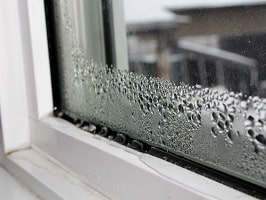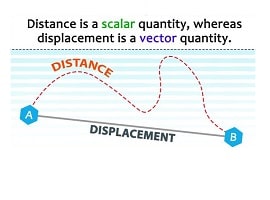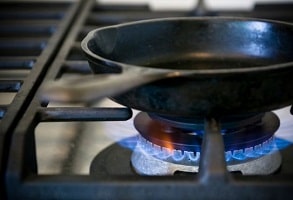Examples of Thermal Energy
We explain that what are the examples of thermal energy in everyday life and in physics study? The thermal energy , also called heat , is transmitted when there is a temperature difference between a system and another. It follows from the one with the highest temperature towards the one with the lowest. The temperature is a measure of the average kinetic energy; therefore, thermal energy is related to the movement of the molecules that make up matter.
The greater the motion of the molecules, the hotter the matter. Everything that exists in the universe has a level of thermal energy. At absolute zero, which is the lowest temperature recorded, and is equal to -273.15 ° C, the thermal energy that a body can deliver is zero, or so small that it cannot be measured.
Thermal energy measurement units
Thermal energy, like all forms of energy, is measured in Joule (J), which is the unit of the International System (SI). However, units called calories are also used . One calorie (cal) is the energy required to increase the temperature of 1 gram of water by 1 ° C. The equivalence between Joule and calorie is as follows:
1 cal = 4.18 J
1 kcal = 4180 J
For the order of thousands of calories, kilocalories (kcal) are used. These last units, for simplicity, have also been assigned the name of calories, but they are capitalized: ( Cal ).
Thermal energy sources
Thermal energy can come from different sources, of which only a few can be used for industrial purposes and significant transformations. All of these sources are:
- The matter
- Exothermic chemical reactions
- An electric current
- Sun
- Planet Earth
The matter contains naturally a certain amount of kinetic energy between the particles; this translates into the same amount of thermal energy. In the human body, for example, this energy is created through metabolism, and is distributed throughout its entirety, to keep the organs and extremities at a suitable temperature.
The chemical reactions , by gain or loss of thermal energy, are of two types: endothermic and exothermic. Exothermic chemical reactions are those that lose or give off heat to their surroundings. They transfer thermal energy to the container that contains them. Sometimes this heat can be used to heat substances that flow in separate pipes.
The electrical current is a way to increase the thermal energy in the materials. For this, the electrons must first circulate through a conductive material, such as copper metal, for example. The electrons of the copper atoms will take that kinetic energy and will heat a heat-conducting material, which will be responsible for transmitting the thermal energy.
The sun and an immense number of stars contain thermal energy, and they are going to deliver it to the space that surrounds them in the universe. A portion of this heat reaches our planet, accompanied by ultraviolet radiation and radiant energy. Currently, solar kettles have been designed , which receive solar energy and use it to heat water for personal and domestic use.
The planet Earth in its internal phenomena, carries a large amount of thermal energy. This is also called geothermal energy , and it can be found in hot springs, in lava that emerges from volcanoes and in geysers, for example. As the temperatures are very high, they are not used for human benefit.
Examples of thermal energy
- When sulfuric acid dissolves in water, it releases heat energy.
- When a car engine starts to run, it releases heat energy.
- Sugar needs heat energy to completely dissolve in water.
- A fireplace emits heat energy to heat a home.
- The gas that passes through a stove reacts and releases thermal energy into the food container.
- A computer that has been running for a long time releases more heat energy.
- An electric light bulb that has been on for a long time releases more heat energy.
- Ice absorbs heat energy until it becomes a liquid.
- Liquid water absorbs heat energy until it becomes steam.
- When a vapor receives enough heat energy, it turns into a complete gas.
- Winter clothes are used to store the thermal energy that the body generates.
- When a match is rubbed against a rough surface, it reacts and releases heat energy.
- When we exercise, we increase heat energy in the body and release it into the environment.
- A cold glass receives the thermal energy of the steam and condenses it.
- A drink delivers its thermal energy to the ice within it.


